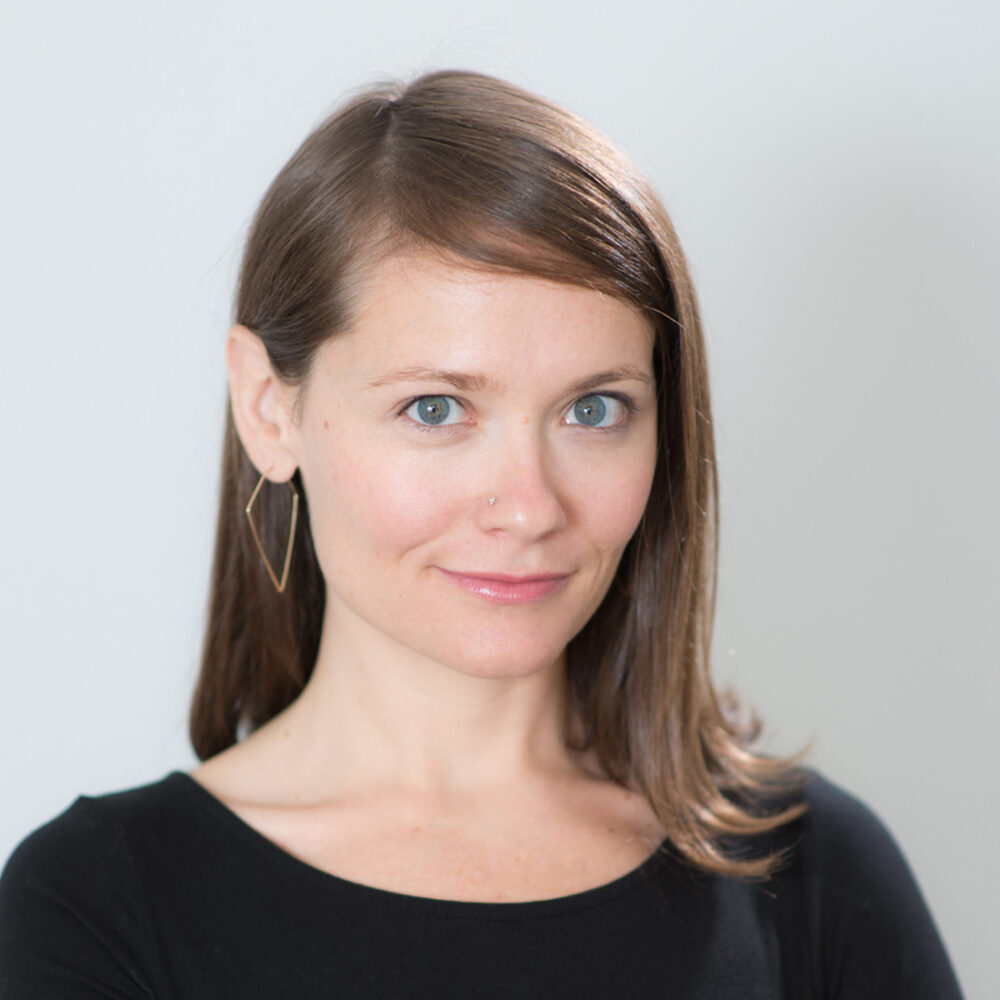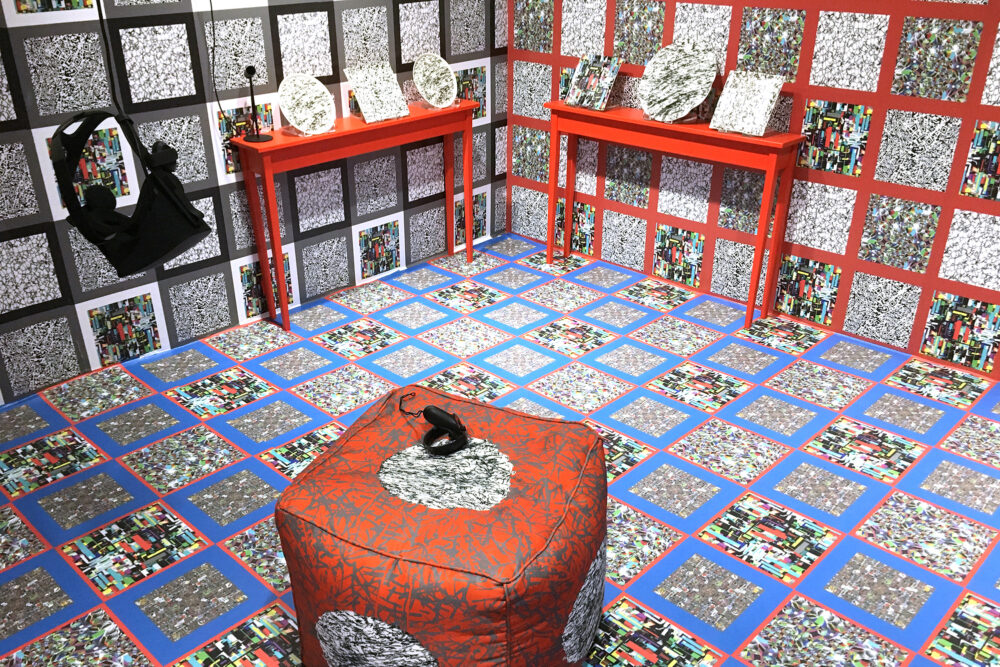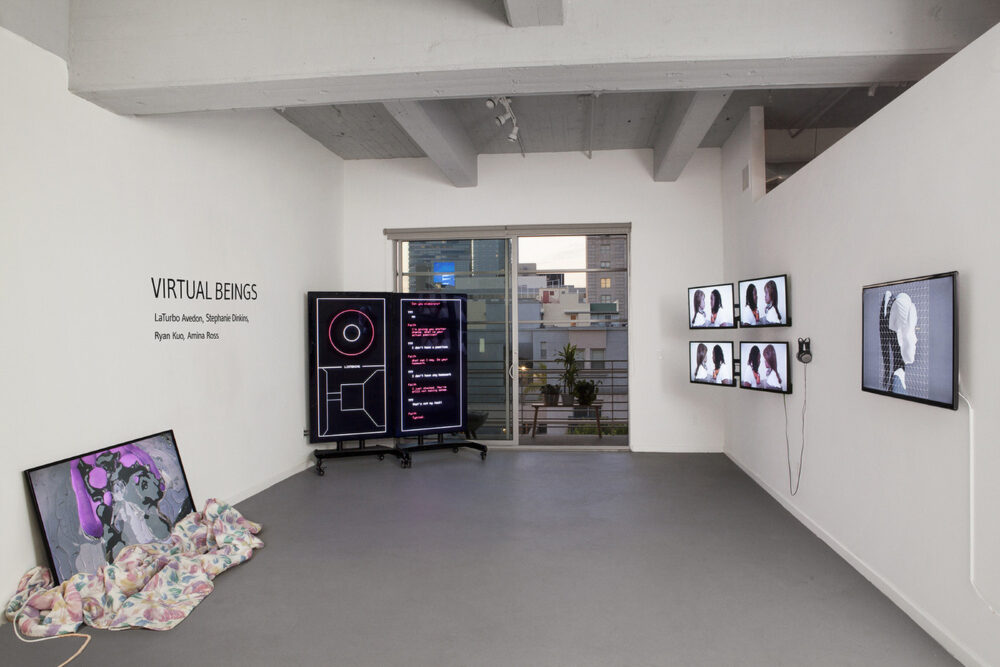← Explore
“TRANSFER is operating on a different timescale than most galleries trying to turn a profit to keep their doors open. The gallery exists to help bring artworks into the world, but our motivation is never around selling work in the short-term.”
Kelanie Nichole is a technologist and exhibition maker based in Los Angeles, and the founder of the experimental media art gallery TRANSFER. Since 2013, she has worked to explore new modes of supporting and exhibiting “distributed” artworks (namely, artworks that exist in digital, networked, or virtual spaces).
Q: How has TRANSFER helped artists make money from their work?
A: TRANSFER is helping to shape a market for new forms of media art. This is a decades-long process, as art history has shown time and time again. The status-quo rejects new ways of working and seeing the world, until it suddenly arrives. That is to say, TRANSFER is operating on a different timescale than most galleries trying to turn a profit to keep their doors open. The gallery exists to help bring artworks into the world, but our motivation is never around selling work in the short-term. The gallery is more about defining a genre, making important institutional placements where the work is properly contextualized, earning critical attention and initiating discourse around the ideas in the work, and building relationships with young collectors who have a new set of values. All of these efforts will manifest in the course of the next 10-20 years and that’s the kind of value I’m focused on building. TRANSFER has invested a lot in the studios we support—however, we have not yet ‘solved’ the issue of paying artists enough to sustain a studio practice as their sole activity. I believe this is possible in some adjacent future, but we’re not there yet.
“We are in the midst of a historic social justice uprising and wealth inequality is falling out of fashion. This will be the great unraveling of the artworld.”
Q: What do your artists gain when they bring their online works into a physical space? How does the audience—and their experience of the work—differ, especially now that so much of what we experience is solely online?
A: Contemporary art is all about dialogue and relationships. The site of the exhibition is the node where these things manifest. So, having a physical gathering or exhibition is always the best way to get a critic’s attention, to present work to a curator who is shaping the history of our contemporary moment, or help a collector envision how they might dwell with a work or find reason to steward the ideas of an artist through patronage. This activity is crucial to an artist’s development, and these fundamental interactions have always been–and will always be–the basis of art and art history.
Q: Given how precarious digital artmaking—and artmaking in general—can be, where should we look to for optimism that sustainable artmaking is possible?
A: The only optimism I find is in the streets with the Movement for Black Lives. We must actively dismantle the status quo and make space for others to re-seed new values around artistic labor and creation. We are in the midst of a historic social justice uprising and wealth inequality is falling out of fashion. This will be the great unraveling of the artworld. In the meantime, new subcultures and genres are rising, artists are finding autonomy in everything from independently run art schools, like Dark Study, to creating installations inside MMOs for new audiences, as exemplified by LaTurbo Avedon’s work in Fortnite. I believe divesting from the institutions which now have power–and which perpetuate white supremacy–is the true way forward. This will require all kinds of new organizing, and inversion of the values of the existing artworld around scarcity, wealth, and power.



